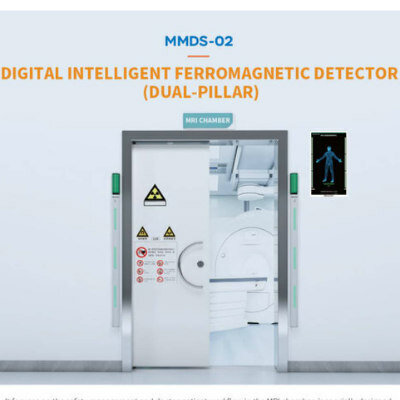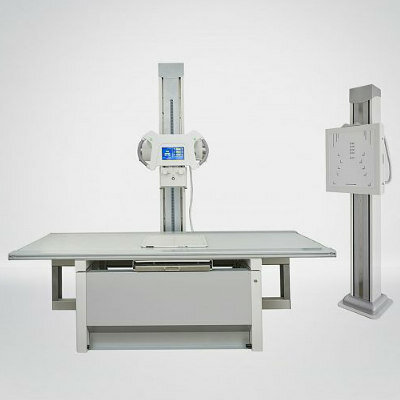Patient Factors Paramount in Emergency Department Imaging
By MedImaging International staff writers
Posted on 10 Jul 2013
A new study reveals that patient and visit factors were the predominant predictors of the likelihood of imaging for any given emergency department (ED) visit.Posted on 10 Jul 2013
Researchers at Massachusetts General Hospital (MGH; Boston, MA, USA) and York University (Toronto, ON, Canada) conducted a retrospective study of 88,851 consecutive MGH ED visits during 2011 to quantify interphysician variation in imaging and examine the contribution of factors to this variation at the patient, visit, and physician level. The researchers constructed a hierarchical model to identify multiple predictors for the probability that low- or high-cost imaging would be ordered during a given visit.
The results showed that the overall rate of imaging utilization in the MGH ED was 45.4% in 2011, similar to the 2010 US national average of 47.2%. Patient- and visit-level factors, such as prior visit, referral source, arrival mode, and clinical reason for the visit, were statistically significant predictors of imaging use. Physician-level factors, such as sex, years since graduation, annual workload, and residency training, did not correlate with imaging use. The remaining amount of interphysician variation was very low, at about 1%. The study was published online on June 25, 2013, in Radiology.
“The key finding in our study is that doctors don't make much difference in imaging utilization; doctors are responsible for about one percent of the variability in probability of having an imaging exam during an ED visit,” said study coauthor Christopher Sistrom, MD, MPH, PhD, of MGH. “To reduce imaging utilization, a lot of people in quality improvement and medical management might try to identify high outliers and punish them. In settings like the one we studied, that strategy won't get you anything but angry doctors.”
Previous studies have found substantial variation in imaging rates across and within EDs, suggesting different tendencies among physicians when ordering imaging. However, much of the existing research is limited, which can lead to a false assumption that doctors are primarily responsible.
Related Links:
Massachusetts General Hospital
York University













